Python Thread Lock With
Introduction
Multithreading is a powerful feature in Python that allows multiple threads to execute concurrently within a single process. However, managing these threads and ensuring thread safety can be challenging. Python’s thread locking mechanism provides a solution by allowing threads to synchronize and coordinate their actions, preventing race conditions and ensuring data integrity.
This article aims to provide a comprehensive understanding of thread locking in Python. We will explore the significance of thread locking, different types of locks available, implementation techniques, advantages and disadvantages, and best practices for efficient thread locking.
Overview of Python Threads
Python’s threading module provides a high-level interface for managing threads. With the help of this module, developers can create threads, control their execution, and share data between them. Threads are useful for tasks that involve I/O operations, such as network requests or file handling, as they allow other threads to continue their execution while waiting for the I/O to complete.
Understanding Thread Locking in Python
Thread locking is crucial in scenarios where multiple threads attempt to access shared resources simultaneously, leading to race conditions. A race condition occurs when the final output is dependent on the relative execution order of threads, causing unpredictable and erroneous results.
Thread locking in Python ensures that only one thread can access a critical section of code or a shared resource at any given time. Locking mechanisms prevent other threads from entering the critical section until the lock is released, ensuring synchronization and preventing race conditions.
The Importance of Thread Locking
Thread locking serves two essential purposes:
1. Mutual Exclusion: Locks enforce mutual exclusion, ensuring that only one thread can execute a critical section at a time. This prevents multiple threads from modifying shared data concurrently, avoiding data corruption or inconsistent states.
2. Synchronization: Locks enable synchronization between threads by establishing a synchronization point. Threads can acquire and release locks to coordinate their actions and ensure that critical sections are executed correctly, maintaining the integrity of shared resources.
Types of Thread Locks in Python
Python provides several lock types, each with its own characteristics and use cases. The commonly used lock types are:
1. Lock: The Lock class, available in the threading module, is a basic lock that provides the necessary functionality for thread synchronization. It has two states: locked and unlocked. Only one thread can acquire the lock at a time. If a thread tries to acquire a locked lock, it waits until the lock is released.
2. RLock (Reentrant Lock): The RLock class extends the functionality of the Lock class by allowing the same thread to acquire the lock multiple times without blocking itself. However, it requires careful handling to avoid deadlocks caused by acquiring the lock multiple times.
3. Semaphore: A semaphore is a generalized lock that allows multiple threads to acquire the lock simultaneously. A semaphore maintains a counter that limits the number of threads accessing a resource. The counter decrements when a thread acquires the lock and increments when it releases it. If the counter reaches zero, subsequent acquiring threads are blocked until a releasing thread increments the counter.
How to Implement Thread Locking in Python
Implementing thread locking in Python involves the following steps:
1. Import the threading module: Start by importing the threading module, which provides classes and functions for thread management.
2. Create a lock object: Instantiate a lock object of the desired lock type, such as Lock(), RLock(), or Semaphore().
3. Acquire the lock: Use the `acquire()` method to acquire the lock before entering the critical section. By default, it blocks the thread until the lock becomes available.
4. Execute critical section: Perform the required operations within the critical section while the lock is acquired.
5. Release the lock: Use the `release()` method to release the lock after executing the critical section. This allows other threads to acquire the lock and enter the critical section.
The Advantages and Disadvantages of Thread Locking
Thread locking in Python offers several advantages:
1. Data Integrity: Thread locking ensures data integrity by preventing race conditions and maintaining the consistency of shared resources.
2. Synchronization: Locks provide synchronization mechanisms that allow threads to coordinate their actions, facilitating correct execution sequences.
3. Flexibility: Python’s threading module offers various lock types, providing flexibility for different threading scenarios.
However, thread locking also has some disadvantages:
1. Deadlocks: Improper handling of locks can lead to deadlocks, where threads wait indefinitely for locks that are never released. Proper design and coding practices are necessary to avoid deadlock situations.
2. Performance Overhead: Locking introduces some overhead due to the need for acquiring and releasing locks. Excessive locking can impact performance, especially in scenarios where locks are held for extended periods.
Best Practices for Thread Locking in Python
To ensure effective thread locking in Python, consider the following best practices:
1. Identify Critical Sections: Identify the sections of code or resources that require exclusive access to ensure data integrity. Use locks only for these critical sections and avoid locking unnecessary code.
2. Use Context Managers: Python’s `with` statement and context managers provide a cleaner way of handling locks. Use them for acquiring and releasing locks, as they automatically release locks even in the case of exceptions.
3. Avoid Nested Locks (Deadlocks): Avoid acquiring locks inside critical sections that already have locked blocks. Nested locks can lead to deadlocks, where threads wait for each other indefinitely.
4. Minimize Lock Holding Time: Reduce the time locks are held as locking operations impact performance. Properly design your code to minimize the sections that require exclusive access.
5. Thread-Safe Data Structures: Utilize thread-safe data structures, such as `Queue.Queue` or `collections.deque` to avoid the need for manual locking in scenarios where multiple threads access shared data.
FAQs
Q1. What is a race condition in Python threading?
A race condition occurs when multiple threads access shared resources concurrently, leading to unpredictable and erroneous results.
Q2. Can I acquire a lock multiple times in Python?
Yes, Python’s RLock class allows the same thread to acquire a lock multiple times without blocking itself.
Q3. How can I release a lock acquired by a thread in Python?
Use the `release()` method of the lock object to release a lock acquired by a thread.
Q4. What happens if a thread tries to acquire a locked lock in Python?
If a thread tries to acquire a locked lock, it waits until the lock becomes available and then acquires it.
Q5. How can I handle deadlocks in Python thread locking?
To handle deadlocks, ensure proper design and coding practices, avoid nested locks, and use timeouts or detection algorithms to break potential deadlocks.
Conclusion
Thread locking is a critical aspect of concurrent programming in Python. By correctly implementing thread locks, developers can prevent race conditions, ensure data integrity, and maintain efficient synchronization between threads. Understanding the types of locks available, their implementation techniques, and following best practices can significantly enhance the reliability and performance of threaded Python applications.
Locking \U0026 Synchronizing Threads In Python
What Is A Threading Lock In Python?
In Python, threading is a mechanism that allows multiple threads to execute concurrently, sharing the same resources. However, when multiple threads try to access and modify shared data simultaneously, it can lead to unexpected behavior and result in data corruption or inconsistency. To prevent such issues, Python provides a concept called threading locks.
A threading lock, or simply a lock, is a synchronization primitive used to protect shared resources within a multi-threaded environment. It allows threads to acquire exclusive access to the shared resource, ensuring that only one thread can access it at a time. This exclusive access prevents race conditions, where the final outcome of the program depends on the relative ordering of events.
Locks are implemented using the `threading.Lock()` class in Python’s `threading` module. To use a lock, a thread must first acquire it using the `acquire()` method. If the lock is currently held by another thread, the calling thread will be blocked until the lock is released. Once a thread completes its critical section (the portion of the code that needs exclusive access), it releases the lock using the `release()` method, enabling other threads to acquire it.
Locks can be used in different scenarios, such as protecting access to shared variables, files, or databases. By ensuring that only one thread can access a resource at a time, locks provide thread safety and eliminate potential data inconsistencies.
Understanding the Locking Mechanism:
To better understand the functioning of locks, let’s consider a simple example. Suppose we have a shared variable `count` that is updated by multiple threads simultaneously. Without using locks, two threads might read the variable’s value simultaneously, perform their calculations, and update it, resulting in data corruption or inconsistencies.
By introducing a lock, we can ensure that only one thread can access the variable at a time, preventing race conditions. The first thread to acquire the lock will enter its critical section, perform the necessary operations on the variable, and release the lock. Only then will the second thread be able to acquire the lock and work on the variable, ensuring that its actions won’t interfere with the first thread’s work.
Here’s an example illustrating the usage of locks in Python:
“`python
import threading
count = 0
lock = threading.Lock()
def increment():
global count
# Acquire the lock
lock.acquire()
try:
# Perform operations on the shared variable
count += 1
finally:
# Release the lock
lock.release()
# Create multiple threads to increment the count
threads = []
for _ in range(10):
t = threading.Thread(target=increment)
t.start()
threads.append(t)
# Wait for all threads to complete
for t in threads:
t.join()
print(count) # Expected output: 10
“`
In this example, we create a lock using `threading.Lock()` and define a function `increment()` that increments the shared `count` variable. Inside the function, we acquire the lock at the beginning using `lock.acquire()`, perform the operation on the shared variable, and finally release the lock with `lock.release()`.
By ensuring that only one thread can access and modify `count` at a time, we guarantee that the final value will be the expected outcome, i.e., 10 in this case.
Locking Methods:
Python’s `threading.Lock()` class provides additional methods to support different locking scenarios and behaviors. Let’s explore a few key methods:
1. `acquire(blocking=True, timeout=None)`: This method is used to acquire the lock. By default, it blocks the calling thread until the lock is available, i.e., it waits indefinitely. The optional `blocking` parameter controls whether the thread should block or not. If set to `False`, the method will return immediately, and the thread will not wait for the lock. The `timeout` parameter specifies the maximum waiting time in seconds before returning.
2. `release()`: This method releases the lock, allowing other threads to acquire it. It should be called after a critical section to enable other threads to access the shared resource.
3. `locked()`: It returns `True` if the lock is currently held by some thread, and `False` otherwise.
Frequently Asked Questions:
Q: Can locks be nested in Python?
A: Yes, locks can be nested in Python. The same thread can acquire a lock multiple times, but it must release the lock an equivalent number of times before it becomes available to other threads.
Q: Are locks reentrant in Python?
A: Yes, locks in Python are reentrant. It means that a thread can acquire the same lock it already holds without causing a deadlock. However, the thread must release the lock an equal number of times before other threads can acquire it.
Q: What happens if a thread tries to release a lock it doesn’t hold?
A: If a thread tries to release a lock it doesn’t currently hold, a `RuntimeError` will be raised.
Q: Can locks be used with the `with` statement in Python?
A: Yes, locks in Python can be used with the `with` statement, which is a more convenient way to acquire and release locks. The `with` statement automatically calls `acquire()` and `release()` methods for you, ensuring proper lock management.
Q: Can locks be shared between different threads?
A: Yes, locks can be shared between different threads. Multiple threads can use the same lock to protect access to a shared resource.
In conclusion, threading locks in Python play a vital role in ensuring thread safety and preventing race conditions. By acquiring and releasing locks, threads can gain exclusive access to shared resources, eliminating the possibility of data corruption and inconsistencies. Proper understanding and usage of locks are critical in developing robust multi-threaded applications.
Is Python Lock Thread-Safe?
Python is known for its simplicity, readability, and versatility. With a rich ecosystem of libraries and frameworks, this programming language has become a go-to choice for many developers. However, when it comes to multi-threading and concurrent programming, there are some considerations to keep in mind. One such consideration is the thread-safety of Python’s lock mechanism.
In Python, the threading module offers a Lock class that allows you to synchronize access to shared resources and prevent data corruption. A lock acts as a kind of gatekeeper, allowing only one thread to enter a critical section of code at a time. By acquiring the lock, a thread effectively gains exclusive access to the protected section, ensuring data integrity.
The fundamental question of thread-safety in Python is whether the Lock class truly guarantees exclusive access, or if there are any potential pitfalls to be aware of. Let’s dive deep into this topic to understand the intricacies of Python’s lock mechanism.
The short answer is that Python’s Lock class is indeed thread-safe as it provides the necessary synchronization to prevent race conditions. When used correctly, it ensures that only one thread can hold the lock at any given time, effectively serializing access to the critical section. This guarantees data integrity and prevents issues such as deadlocks and data corruption.
Under the hood, the Lock class employs a concept called a “mutex” or “mutual exclusion object.” A mutex is simply a flag that can be set or cleared by a thread, indicating whether it has acquired the lock or not. Python’s Lock class relies on platform-specific features, such as primitives like semaphores or mutexes, to implement this mechanism. These primitives are provided by the operating system and are highly optimized for concurrency control.
When a thread calls the `acquire()` method of a Lock object, it attempts to claim ownership of the lock. If the lock is already held by another thread, the calling thread waits until the lock becomes available, effectively blocking itself. Once the lock is acquired, the thread can execute the critical section of code. Finally, it releases the lock by calling the `release()` method, allowing other waiting threads to proceed.
While Python’s Lock mechanism is generally considered thread-safe, there are a few potential pitfalls to be aware of. One such pitfall is the possibility of forgetting to release the lock. Failing to release a lock can lead to deadlock situations where all threads end up waiting indefinitely. To mitigate this risk, it’s good practice to use a try-finally block to ensure the lock is always released, even in the face of exceptions.
Another consideration is the use of multiple locks within a program. In complex scenarios where several locks are involved, careful orchestration is necessary to prevent deadlocks. A deadlock occurs when two or more threads are waiting for each other to release their respective locks, resulting in a deadlock state where no thread can make progress. Deadlocks can be avoided by ensuring a consistent order of lock acquisition across all threads.
To summarize, Python’s Lock class offers a thread-safe mechanism for synchronizing access to shared resources. When used correctly, it ensures exclusive access to critical sections, preventing race conditions and data corruption. However, developers must remain vigilant to avoid potential issues like deadlocks and misuse of locks.
FAQs:
Q: Can multiple threads acquire the same lock at the same time?
A: No, the whole purpose of the lock is to enforce exclusive access. Only one thread can acquire the lock at any given time. Other threads trying to acquire the lock while it’s held by another thread will be blocked until the lock becomes available.
Q: Is the Lock class the only thread-safe synchronization mechanism in Python?
A: While the Lock class is one of the most commonly used synchronization mechanisms, Python offers other thread-safe alternatives like RLock (recursive lock), Semaphore, BoundedSemaphore, and Condition. These primitives provide different functionalities depending on the specific synchronization needs of your application.
Q: Are there any performance implications when using locks in Python?
A: Locks do introduce some overhead due to the additional synchronization mechanisms they employ. Lock acquisition and release operations involve system calls and context switches between threads. This overhead can impact performance, particularly in highly concurrent scenarios. Python provides alternative synchronization mechanisms, such as atomic operations and lock-free data structures, for situations where performance is critical.
Q: Can Python locks be used across multiple processes?
A: No, Python’s Lock class only provides synchronization between threads within the same process. If you need synchronization across multiple processes, you can explore other mechanisms like multiprocessing’s `Lock`, `RLock`, or `Semaphore`.
Q: Is it necessary to use locks in every multi-threaded Python program?
A: Not necessarily. In scenarios where multiple threads do not access shared resources or critical sections, locks may not be needed. However, if multiple threads interact with shared data concurrently, it is essential to employ synchronization mechanisms like locks to maintain data integrity and prevent race conditions.
Keywords searched by users: python thread lock with Python threading lock example, threading.thread python, Pip install threading, Lock thread Python, With lock Python, threading.timer python, Stop thread Python, Join thread Python
Categories: Top 23 Python Thread Lock With
See more here: nhanvietluanvan.com
Python Threading Lock Example
Introduction:
In the world of concurrent programming, it is vital to ensure that multiple threads can safely access shared resources without causing data corruption or race conditions. Python provides a powerful threading module that allows us to create and manage threads. One fundamental tool provided by this module is the “Lock” class, which ensures mutual exclusion and allows synchronized access to shared resources. In this article, we will delve into the concepts and usage of Python threading locks, discussing their importance and providing real-life examples.
Understanding Python Threading Locks:
A lock is essentially a synchronization primitive that restricts access to shared resources by only allowing one thread at a time to enter a critical section. This prevents concurrent threads from interfering with each other and guarantees the integrity of the data being accessed. The concept of a lock can be compared to a key that only one thread can own at any given time. When a thread acquires the lock, it is said to have exclusive ownership, while other threads are blocked until the lock is released.
Creating a Lock in Python:
Python’s threading module provides the “Lock” class to facilitate the creation and management of locks. To create a lock, we simply instantiate an object of this class.
“`python
import threading
# Creating a lock
lock = threading.Lock()
“`
Acquiring and Releasing a Lock:
To acquire a lock, a thread can call the `acquire()` method of the lock object. If the lock is already owned by another thread, the calling thread will be blocked until it can acquire the lock. Once acquired, the lock is locked and other threads attempting to acquire it will be blocked.
“`python
# Acquiring a lock
lock.acquire()
# Critical section – shared resource accessed here
# Releasing the lock
lock.release()
“`
By releasing the lock using the `release()` method, the ownership is relinquished, allowing other threads to acquire the lock and access the shared resource.
Lock Usage Example:
To better understand the practical use of locks, let’s consider an example where multiple threads need to update a shared counter.
“`python
import threading
# Shared counter
counter = 0
# Creating a lock
lock = threading.Lock()
def increment_counter():
global counter
for _ in range(100000):
lock.acquire()
counter += 1
lock.release()
# Creating two threads
thread1 = threading.Thread(target=increment_counter)
thread2 = threading.Thread(target=increment_counter)
# Starting the threads
thread1.start()
thread2.start()
# Waiting for the threads to finish
thread1.join()
thread2.join()
print(“Final counter value:”, counter)
“`
In this example, two threads are created, which simultaneously increment the counter variable. Without the lock, their execution would overlap, leading to unexpected results. However, by using the lock, only one thread can access the critical section (incrementing the counter) at a time, eliminating data corruption and ensuring precise results.
FAQs:
Q1. What happens if a thread tries to acquire a lock it already owns?
If a thread attempts to acquire a lock it already owns, the thread will succeed in acquiring it again without being blocked. This behavior is similar to recursion, allowing the same thread to acquire the lock multiple times before releasing it.
Q2. Can we use locks for all types of shared resources?
Locks are generally suitable for most shared resources, including variables, data structures, and file access. However, in some cases, specialized synchronization primitives may be necessary. For instance, when dealing with producer-consumer problems, semaphore-like constructs such as “Queue” or “Condition” can provide efficient solutions.
Q3. What happens if a thread forgets to release a lock?
If a thread forgets to release a lock, the lock remains in a “locked” state indefinitely, rendering other threads unable to access the shared resource. This situation, known as a “deadlock,” can lead to program freezing or termination.
Q4. Can we use locks to synchronize threads across multiple processes?
No, locks are specific to threads within a single process. For inter-process synchronization, Python provides other primitives like semaphores, condition variables, and events.
Conclusion:
Python threading locks offer a simple yet powerful solution to manage and synchronize access to shared resources in a multithreaded environment. By ensuring mutual exclusion, locks help prevent data corruption and race conditions that could otherwise lead to unpredictable program behavior. Understanding the principles behind locks and threading is crucial for harnessing the full potential of concurrent programming in Python.
Threading.Thread Python
Understanding Threading:
Threading is the ability of a program to execute multiple tasks concurrently. This is particularly useful when there are several tasks that can be executed independently and do not need to block each other’s execution. By using multiple threads, a Python program can achieve parallelism and significantly improve its performance.
The `threading` module in Python provides classes and functions to create and manage threads within a program. One of the key classes in this module is the `Thread` class, which allows developers to create and control threads in their programs.
Creating a Thread:
To create a new thread using the `Thread` class, you need to define a function that will be executed by the thread. This function should contain the code that you want to execute concurrently. Here’s an example:
“`python
import threading
def my_function():
# Code to be executed by the thread
my_thread = threading.Thread(target=my_function)
“`
In the above example, `my_function` is the function that will be executed by the thread. The `target` parameter of the `Thread` class specifies the function that needs to be executed. Once the thread is created, it can be started by calling the `start()` method:
“`python
my_thread.start()
“`
Starting a Thread:
To start a thread, you need to call its `start()` method. This initiates the execution of the function specified in the `target` parameter. Once the thread is started, the code within the function runs concurrently with the main program. Here’s an example that demonstrates starting a thread:
“`python
import threading
def my_function():
# Code to be executed by the thread
my_thread = threading.Thread(target=my_function)
# Start the thread
my_thread.start()
“`
Joining a Thread:
In some cases, the main program needs to wait for a thread to complete its execution before proceeding further. This can be achieved by using the `join()` method on the thread. The `join()` method blocks the execution of the main program until the thread completes its execution. Once the thread finishes executing, the main program resumes its execution. Here’s an example:
“`python
import threading
def my_function():
# Code to be executed by the thread
my_thread = threading.Thread(target=my_function)
# Start the thread
my_thread.start()
# Wait for the thread to complete
my_thread.join()
# Main program resumes its execution here
“`
Threading in Practice:
Threading can be extremely useful in scenarios where there are tasks that can be executed independently and do not need to block each other. A common example is making multiple HTTP requests to different endpoints. By executing each request in a separate thread, the program can fetch data from multiple sources concurrently and improve overall performance.
However, it’s important to note that threading is not suitable for all scenarios. If multiple threads need to share and modify the same data, care must be taken to prevent data corruption or race conditions. In such cases, synchronization techniques such as locks or semaphores can be used to ensure thread safety.
FAQs:
Q: Can I pass arguments to the function executed by the thread?
A: Yes, you can pass arguments to the function using the `args` parameter of the `Thread` class. For example:
“`python
def my_function(arg1, arg2):
# Code that uses the arguments
my_thread = threading.Thread(target=my_function, args=(arg1_value, arg2_value))
“`
Q: Are threads better than processes for concurrent execution?
A: It depends on the specific scenario. Threads are lightweight and share the same memory space, making them faster to create and communicate. However, due to the shared memory, extra care needs to be taken to handle shared resources. Processes, on the other hand, have separate memory spaces but are heavier to create and communicate with. Choose the approach that best suits your requirements.
Q: Can I set the priority of a thread?
A: The `threading` module doesn’t provide direct control over thread priorities. The global interpreter lock (GIL) in Python ensures that only one thread executes Python bytecode at a time. Therefore, thread priorities have limited effect in Python.
Q: Are there any alternatives to `threading.Thread` in Python?
A: Yes, there are alternative modules such as `multiprocessing` and `concurrent.futures` that provide additional ways to achieve concurrency in Python. These modules offer features like process-based parallelism and asynchronous execution.
In conclusion, the `threading.Thread` module in Python provides a powerful way to achieve concurrent execution of tasks within a single program. By utilizing the capabilities of threads, developers can significantly improve the performance of their applications. However, it’s important to choose the appropriate approach based on the nature of the tasks and ensure proper handling of shared resources to avoid potential issues.
Pip Install Threading
Python is a versatile programming language widely known for its simplicity and efficiency. It offers numerous libraries and packages that can be installed using various package managers. One such popular package manager is pip, which stands for “preferred installer program”. It simplifies the installation of Python packages, making it easier for developers to integrate external libraries into their projects. In this article, we will delve into pip install threading, a package that simplifies multi-threading in Python development.
What is Threading?
Threading is a widely-used concept in computer programming that allows the execution of multiple threads within a single process. This technique enables the execution of multiple tasks concurrently, significantly improving the efficiency and performance of a program. Python provides built-in support for threading with the threading module, allowing developers to write concurrent programs easily.
The threading module in Python has proven to be quite useful for developers, but it requires a fair amount of boilerplate code. This can often be a hindrance, especially when writing complex multi-threaded programs. To overcome this, the pip install threading package was developed as an extension to the threading module. It aims to simplify the process of multi-threading and reduce the complexity involved in writing threaded code.
Using pip install threading
To install the threading package using pip, simply open your command prompt or terminal and enter the following command:
“`
pip install threading
“`
Once the installation is complete, you can import the package into your Python program using the following line:
“`python
import threading
“`
By doing so, you gain access to the simplifications and enhancements provided by pip install threading, making your multi-threading code more concise and readable.
Enhancements Provided by pip install threading
1. Enhanced Thread Creation: pip install threading simplifies the creation of threads by allowing you to use a simpler syntax. Instead of explicitly defining a class that extends the threading.Thread class, you can create threads using a decorator called @threaded. This reduces boilerplate code and streamlines the creation process.
2. Synchronization Utilities: Synchronization is crucial when dealing with multiple threads to ensure data consistency and integrity. pip install threading provides additional synchronization utilities like the @synchronized decorator. This simplifies the application of locks and semaphores, allowing you to write thread-safe code without the need for complex manual synchronization.
3. Improved Exception Handling: Exception handling in multi-threading can be challenging, as exceptions raised in one thread may not be caught in the main thread. pip install threading enhances exception handling by automatically propagating exceptions to the main thread, making it easier to handle errors and exceptions in a multi-threaded environment.
FAQs
1. Is pip install threading compatible with all Python versions?
pip install threading is compatible with Python 3.5 and above. It is recommended to use the latest Python version to take advantage of the latest features and improvements.
2. Can I use pip install threading alongside the built-in threading module?
Yes, pip install threading is designed to work alongside the built-in threading module. It provides additional simplifications and enhancements, making it a valuable addition to your multi-threaded projects.
3. Are there any performance trade-offs when using pip install threading?
pip install threading does not introduce any significant performance overhead. It builds on top of the threading module and focuses on simplifying code rather than sacrificing performance. In most cases, you won’t notice any performance differences compared to using the standard threading module.
4. Can I contribute to the development of pip install threading?
Yes, pip install threading is an open-source project, and contributions are welcome. You can find the project repository on GitHub and contribute by reporting bugs, suggesting enhancements, or submitting pull requests.
Conclusion
pip install threading is a valuable package that simplifies multi-threading in Python development. By providing enhancements and simplifications to the threading module, it streamlines the process of writing concurrent programs. With features like enhanced thread creation, synchronization utilities, and improved exception handling, pip install threading proves to be a great asset for developers striving to write clean, efficient, and reliable multi-threaded code.
Images related to the topic python thread lock with

Found 24 images related to python thread lock with theme
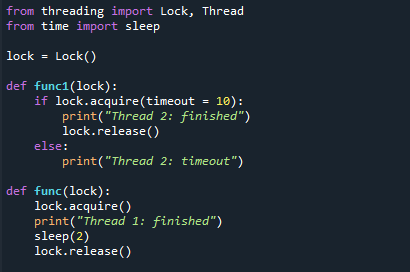
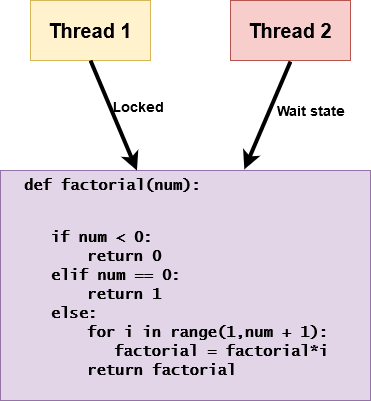
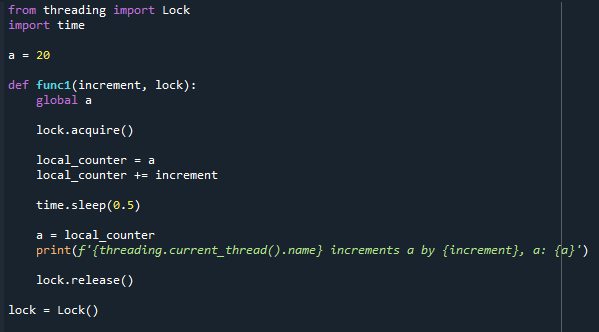
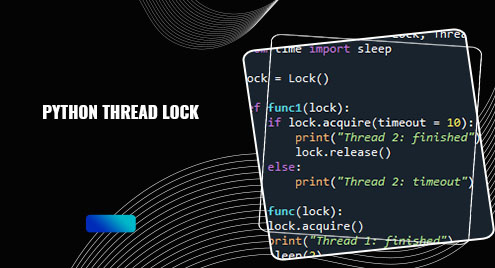

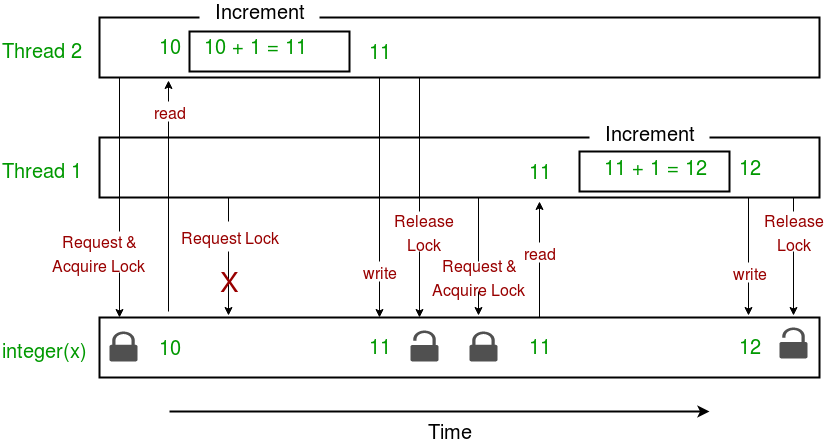

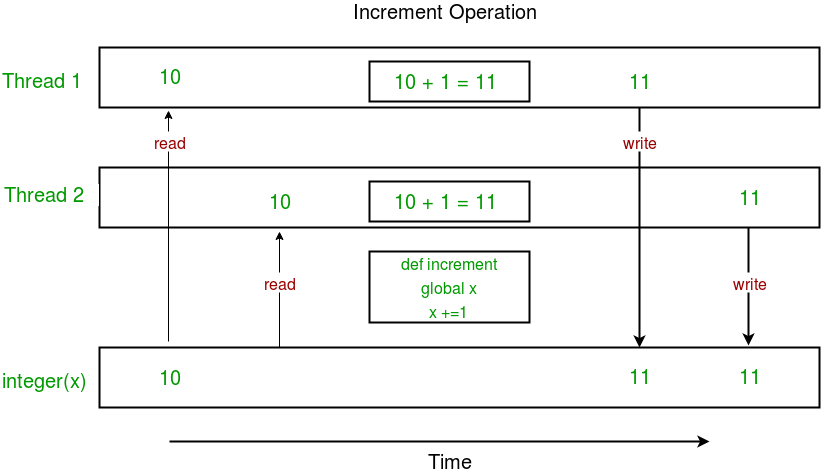








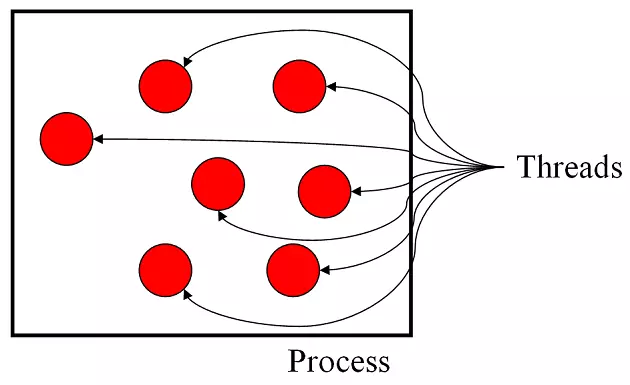



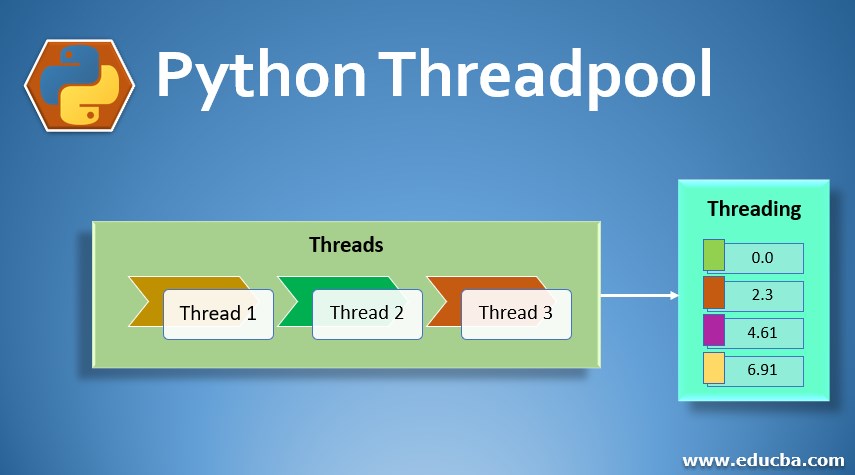




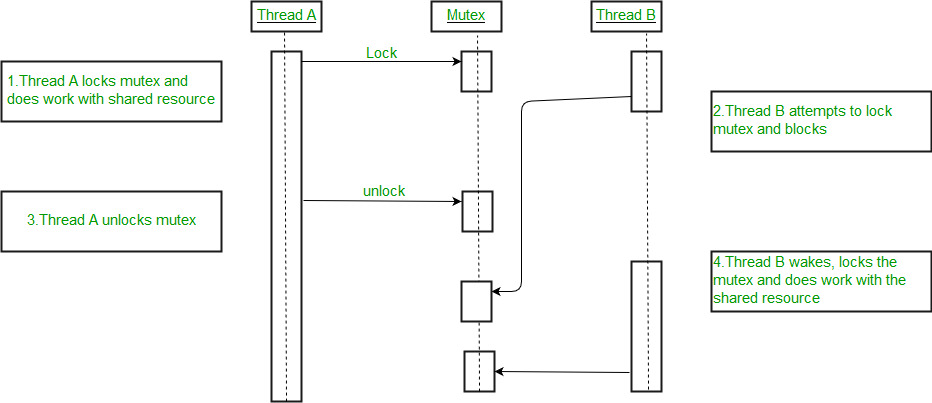
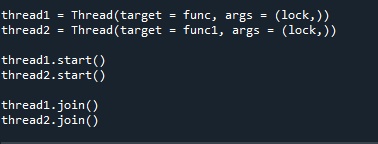
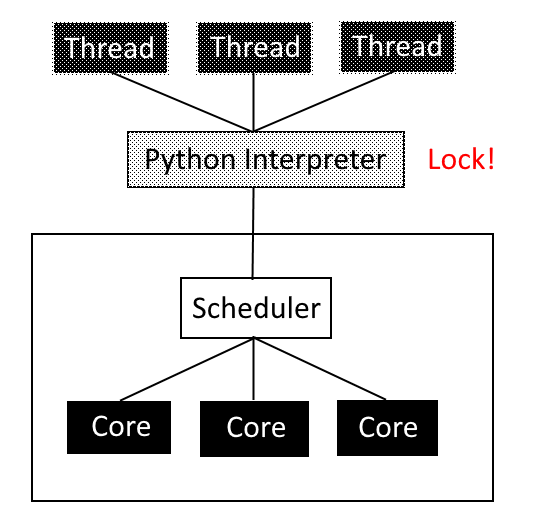

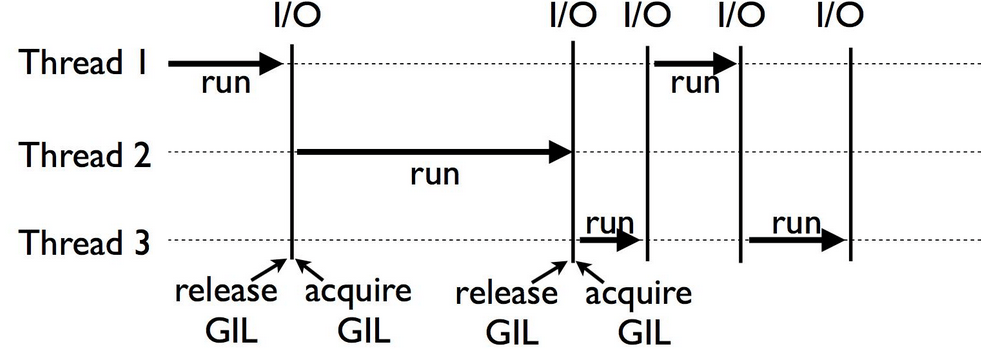


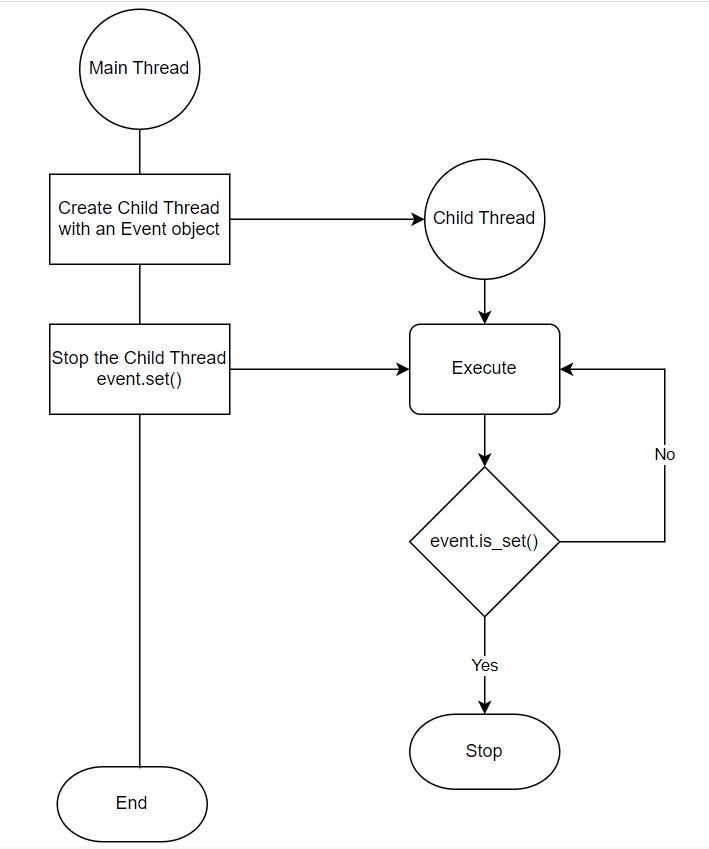




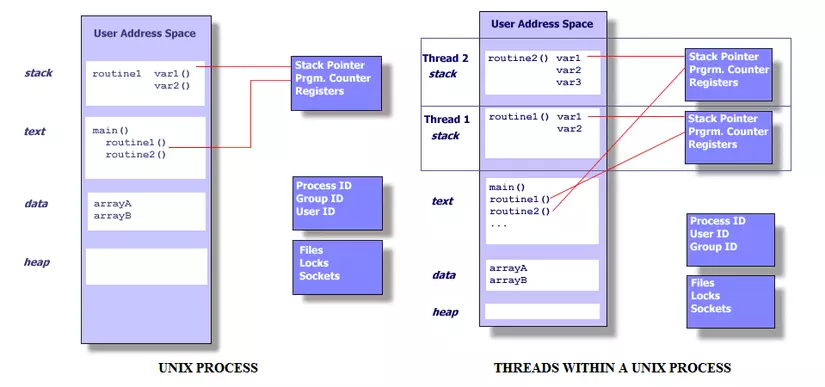
![Python [threading] 08 Locks - YouTube Python [Threading] 08 Locks - Youtube](https://i.ytimg.com/vi/tZkMi-VgJdQ/sddefault.jpg)



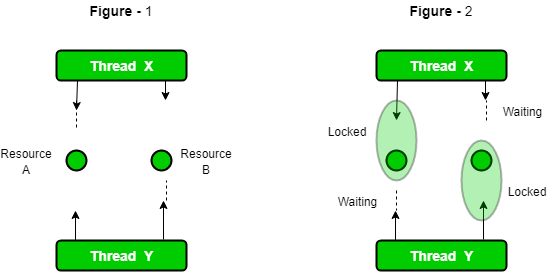


Article link: python thread lock with.
Learn more about the topic python thread lock with.
- Python threading. How do I lock a thread? – Stack Overflow
- How to Use Python Threading Lock to Prevent Race Conditions
- threading — Thread-based parallelism — Python 3.11.4 …
- What are locks in Python? – Educative.io
- How to use Python Lock in a “with” statement – CodersLegacy
- How to Use Python Threading Lock to Prevent Race Conditions
- How do I use locks in Python to ensure thread safety?
- Multiprocessing Lock in Python
- How do I use locks in Python to ensure thread safety?
See more: https://nhanvietluanvan.com/luat-hoc